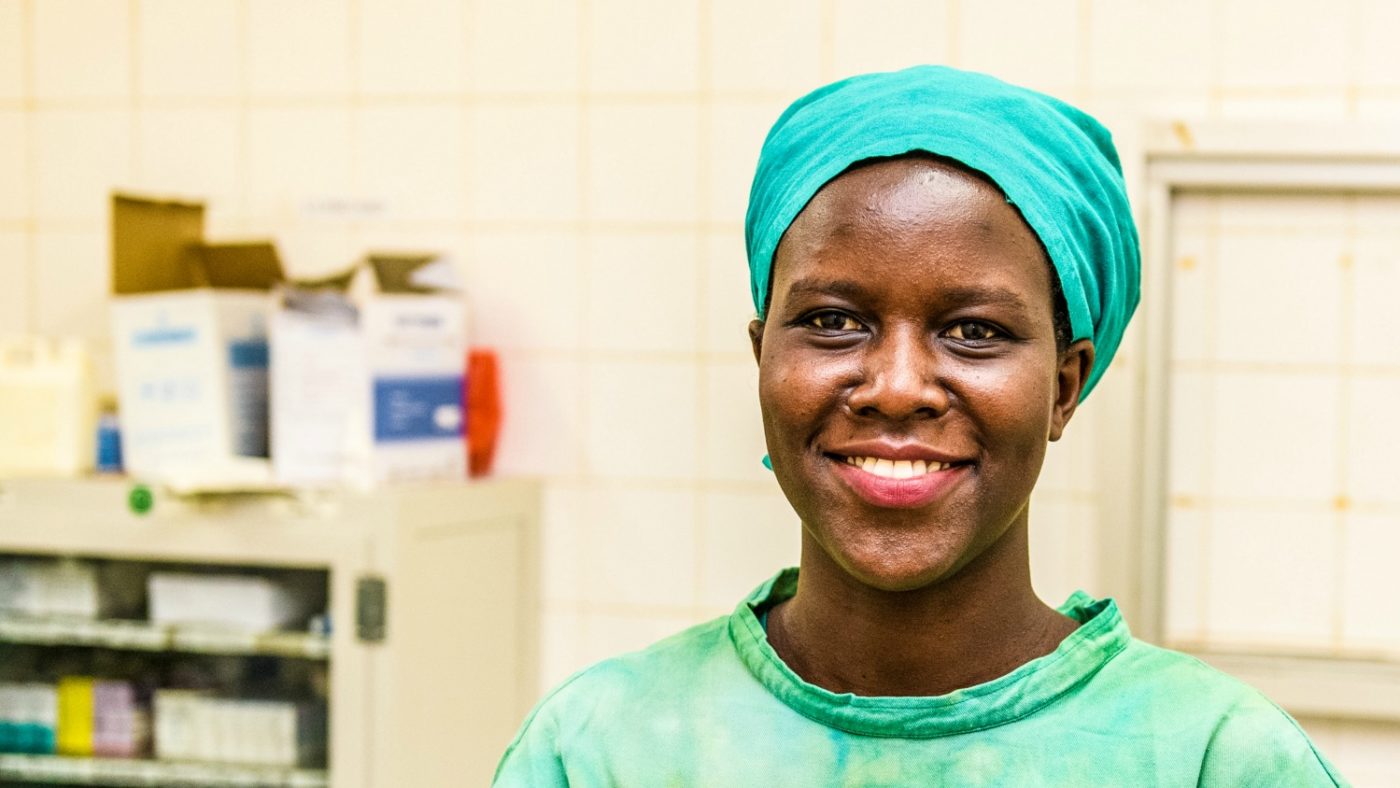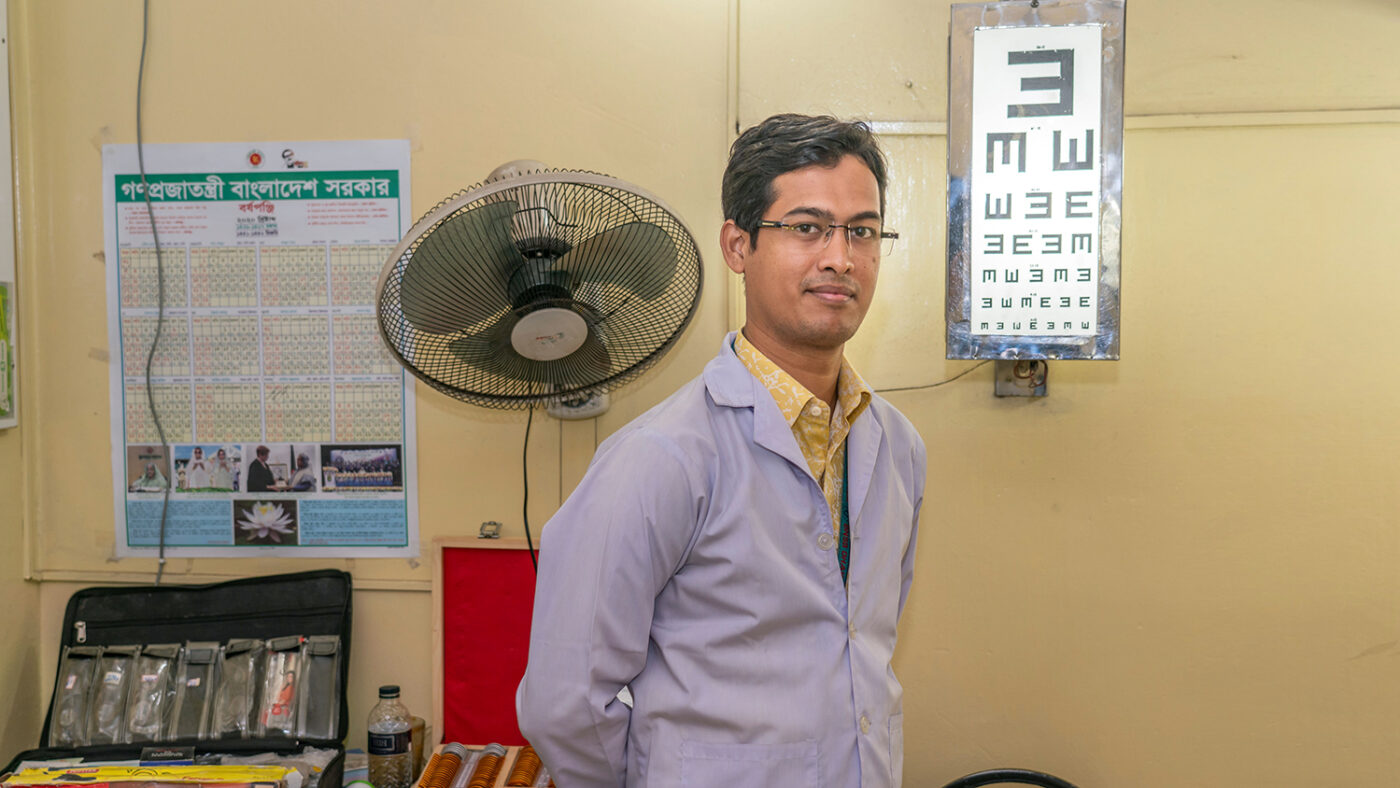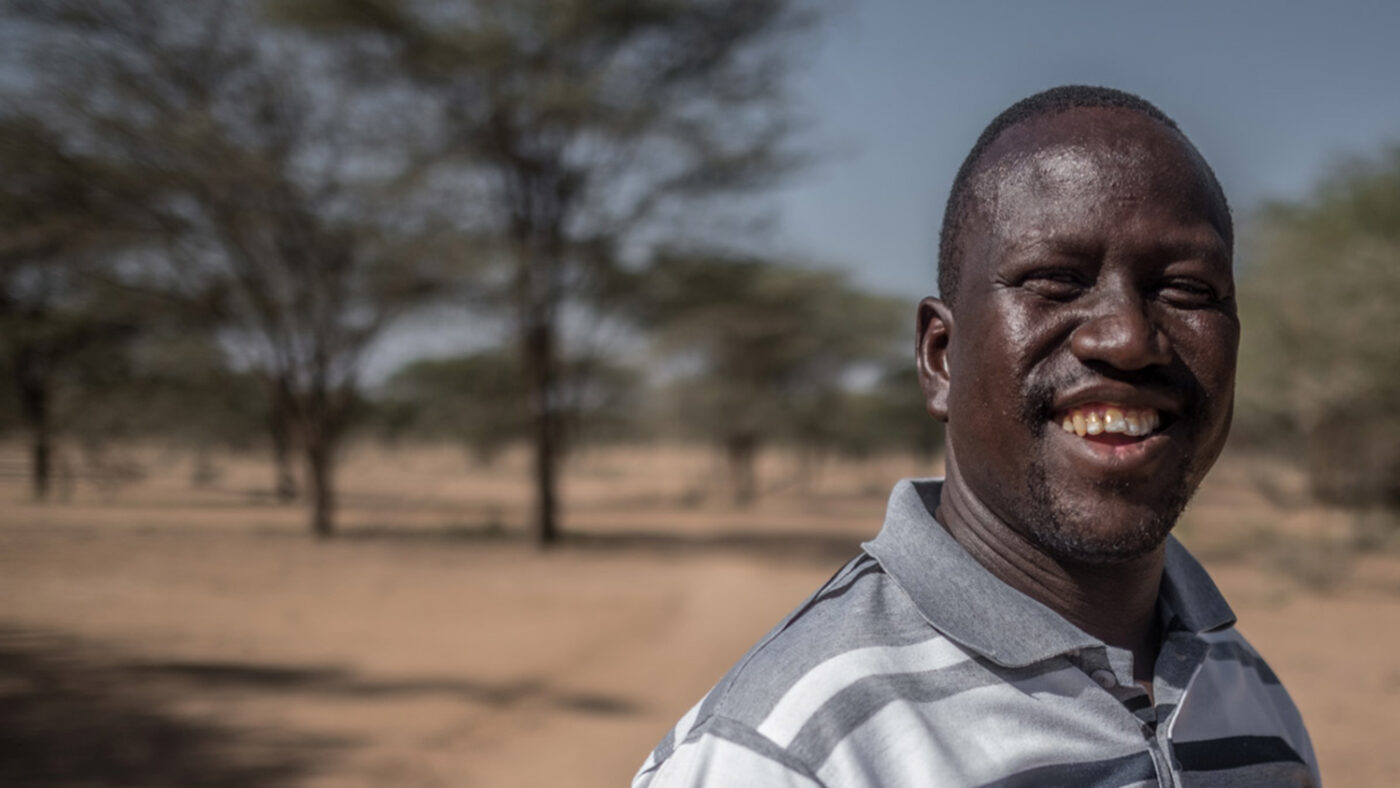
The ophthalmologist
These medical doctors specialise in eye and vision care. Ophthalmologists are trained to perform eye surgery and can diagnose and treat eye diseases. They also prescribe medication, spectacles and contact lenses.

The optometrist
An optometrist’s main role is to perform eye tests to detect vision problems, or health issues such as high blood pressure. They offer advice, prescribe spectacles and refer patients for treatment.

The ophthalmic nurse
Ophthalmic nurses are nursing professionals who assess patients with eye issues, then provide initial care and first-aid treatment. If patients need further treatment, they are referred to an ophthalmologist.

The ophthalmic clinical officer
Ophthalmic clinical officers provide basic medical care when doctors are not available. They treat simple conditions and carry out eye exams, working alongside ophthalmologists to help them see more patients.



